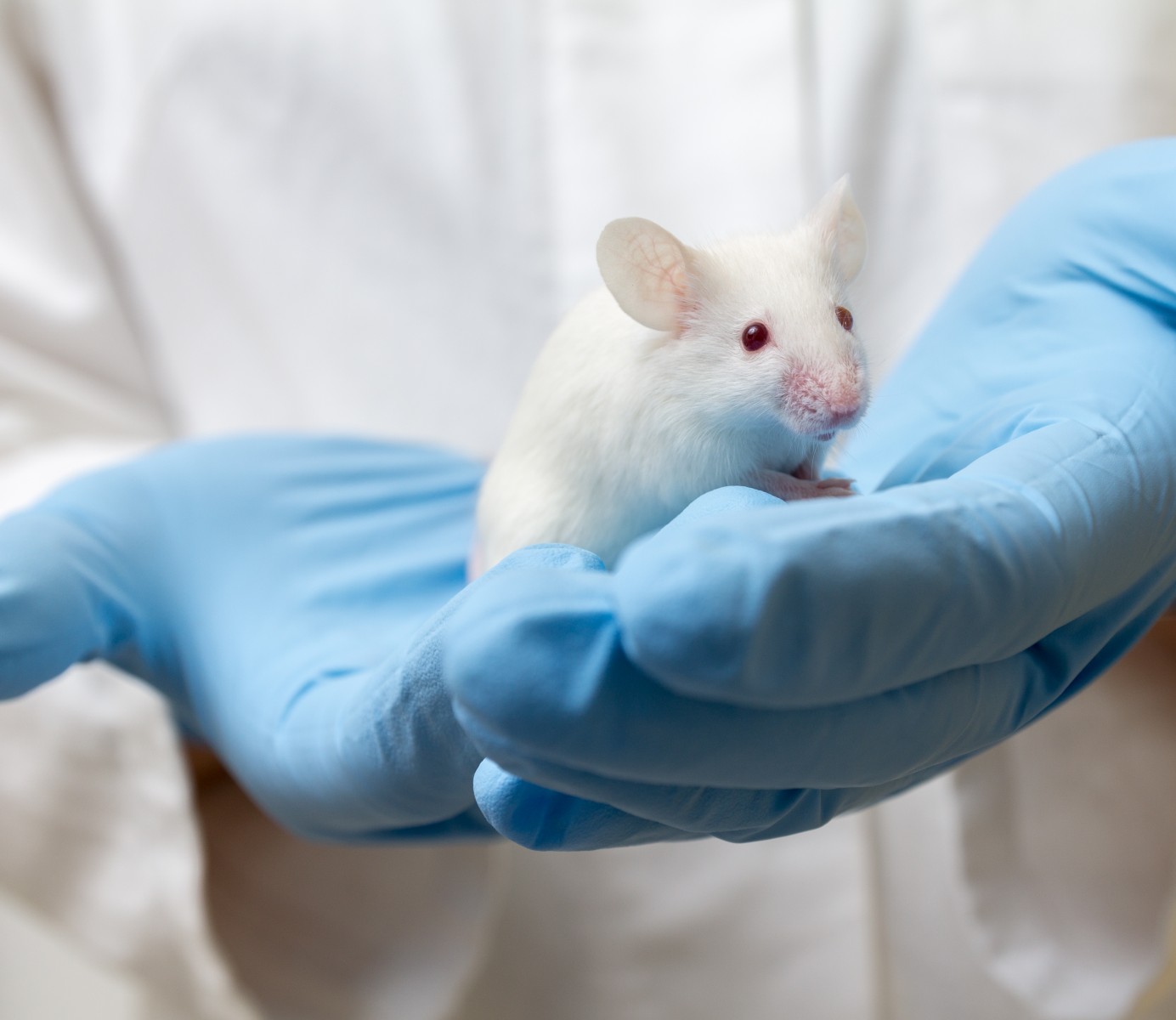Possible Mechanism Found in Sjogren’s Mice Leading to Low Tear Production
Written by |

In Sjögren’s syndrome, chronic eye inflammation results in the inability of myoepithelial cells — components of the lacrimal glands thought to contract to expel tears — to contract, a mouse study shows.
This study, “Myoepithelial cell-driven acini contraction in response to oxytocin receptor stimulation is impaired in lacrimal glands of Sjögren’s syndrome animal models,” was published in the journal Scientific Reports.
The tear glands are made of rounded sac-like structures called acini and myoepithelial cells (MECs). MECs, whose activity is controled by the hormone oxytocin and its receptor, produce the muscle contracting proteins, α-smooth muscle actin (SMA) and calponin, and are thought to contract to expel tears onto the eye surface.
But it is unclear how MECs are affected during chronic eye inflammation, as happens in Sjögren’s syndrome, the leading cause of dry eye disease, affecting one to four million North Americans.
In an effort to address this, researchers studied MECs in two mouse models of spontaneous Sjogren’s syndrome, and compared their findings with those of healthy mice.
Both models have inflammation and abnormal tear production — common features of Sjogren’s syndrome — but tear gland inflammation was more severe in one model (NOD) than the other (MRL/lpr).
Researchers found that both animal models had a reduction in MEC size, though the differences were particularly evident in the NOD mice — 32.1% reduction in NOD mice and 14.8% reduction in MRL/lpr mice, compared to healthy animals.
MECs from animals with Sjögren’s syndrome also produced fewer contractile proteins, including SMA. One particular protein, called calponin, was almost absent in the lacrimal glands from these animals.
Oxytocin is a hormone that controls the contraction of smooth muscles and mammary gland MECs. Using human tear glands from three donors and mice tear glands, the researchers found that MECs in the tear glands also respond to oxytocin.
However, MECs from the tear glands of Sjögren’s syndrome were not responding to this hormone, indicating that the condition is impairing MECs from contracting and releasing tears.
One reason for the oxytocin unresponsiveness could be the lack of oxytocin receptors on their surface, the team hypothesized. Testing confirmed their reasoning: The oxytocin receptor level was reduced by 98.7% compared to healthy controls.
“Our data show MEC thinning, due to decreased expression of the contractile proteins SMA and calponin, and significant loss of the oxytocin receptor which may contribute to impaired function of MECs in chronically inflamed lacrimal glands,” researchers wrote. “This may be responsible for the primary decrease in tears secretion in Sjögren’s syndrome patients.”





